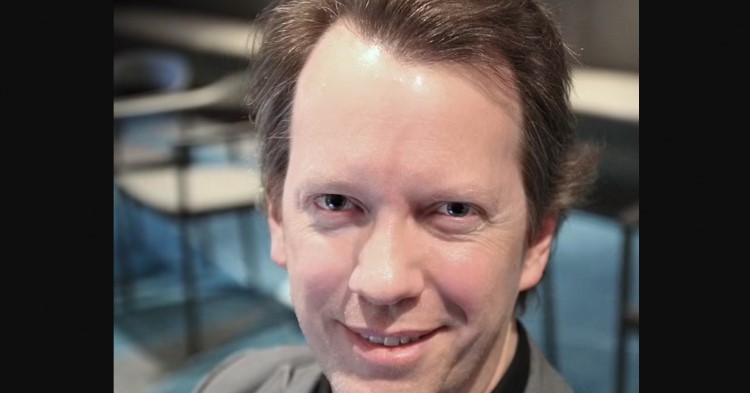The age-old question of what happens to our minds and bodies after we die has perplexed humanity for centuries. Are there unseen forces that govern our existence beyond the realm of life? In 2012, theoretical physicist Sean Carroll addressed this profound question in a thought-provoking talk. Carroll, an external professor at the Santa Fe Institute and Homewood Professor of Natural Philosophy at Johns Hopkins University, delved into the heart of the matter, asserting that the laws of physics, which underlie our everyday lives, leave no room for the persistence of consciousness beyond death.
Understanding the Laws of Physics
Carroll began by emphasizing our current understanding of the laws of physics. He asserted that these laws, which govern the behavior of particles and forces, are thoroughly comprehended. According to him, everything we experience in the physical world can be explained by these laws. This comprehensive understanding, Carroll argued, is crucial to the subsequent exploration of what transpires after death.
The Limitations of Material Understanding
Carroll’s perspective hinges on the idea that our consciousness and identity are intimately tied to our physical bodies. When we cease to exist as physical beings, he contended, there is no material foundation for our consciousness to persist. He argued that the intricate network of particles and forces that constitute the human brain cannot retain our identity or knowledge after death.
Addressing the Notion of an Afterlife
Some individuals contemplate the existence of an afterlife, a realm where their consciousness might endure beyond death. Carroll dismissed this idea as incompatible with the laws of physics. He stated that the notion of an extra-material spirit or consciousness persisting after the cessation of bodily functions contradicts our current understanding of reality.
The Essence of Human Existence
Carroll’s perspective raises fundamental questions about the essence of human existence. He posited that humans are essentially collections of atoms governed by the laws of nature. Rather than being guided by a mystical force, human beings are products of the interactions between electrons, protons, neutrons, and fundamental forces such as electromagnetism, the nuclear force, and gravity. In this view, there is no need to introduce external or supernatural elements to explain our existence.
Life’s Purpose and Meaning
While Carroll’s assertions might seem daunting, he stressed that they do not diminish the importance of leading a good, fulfilling, and meaningful life. He believed that our quest for answers about life and death should align with our understanding of the fundamental laws of physics. In other words, the pursuit of knowledge should be compatible with the way reality operates at its core.
Different Ways of Perceiving the World
Carroll acknowledged that there are various ways to perceive and describe the world, not all of which need to be confined to the physical context. He highlighted that when we interact with others, we don’t recite the positions and velocities of subatomic particles in our bodies. Instead, we engage in meaningful conversations and connect on a personal level. This aspect of human existence, he contended, transcends the purely physical and enriches our lives in unique ways.
Sean Carroll’s exploration of life, death, and physics challenges us to confront fundamental questions about our existence. He contends that the laws of physics, which govern the material world, leave no room for the persistence of consciousness beyond death. While his perspective might appear stark, it underscores the importance of seeking answers that align with our understanding of reality at its most fundamental level. Whether we find solace in the notion of an afterlife or embrace a worldview rooted in the laws of physics, the quest to comprehend the mysteries of life and death remains an enduring and deeply human pursuit.
